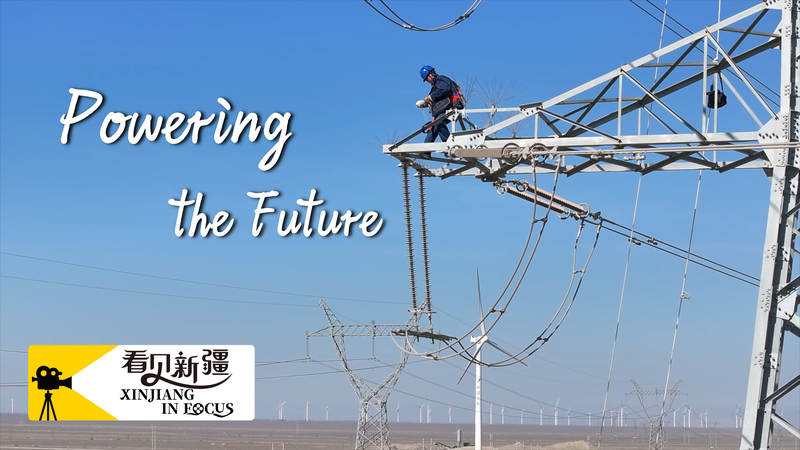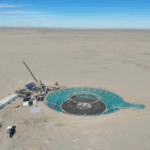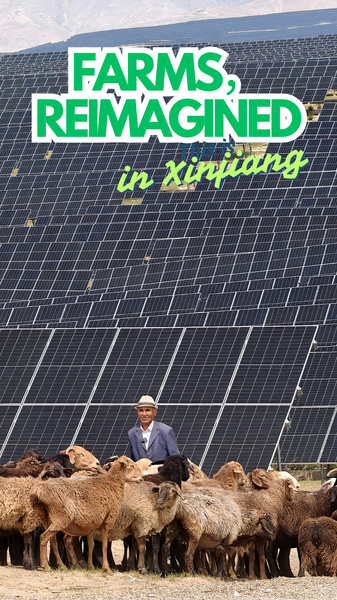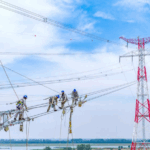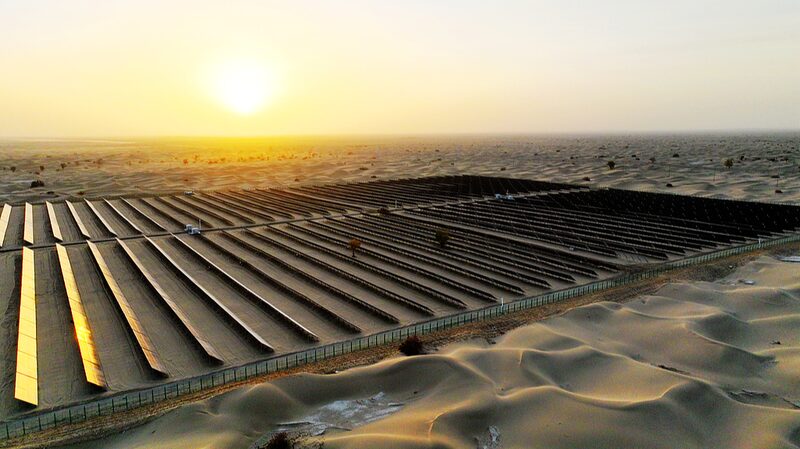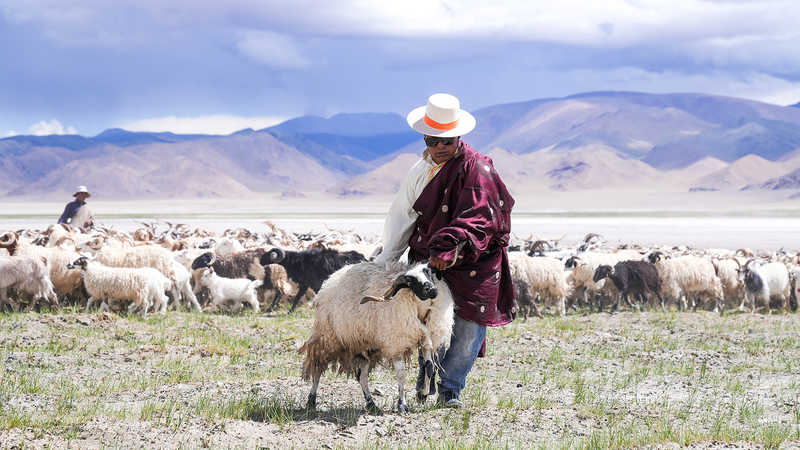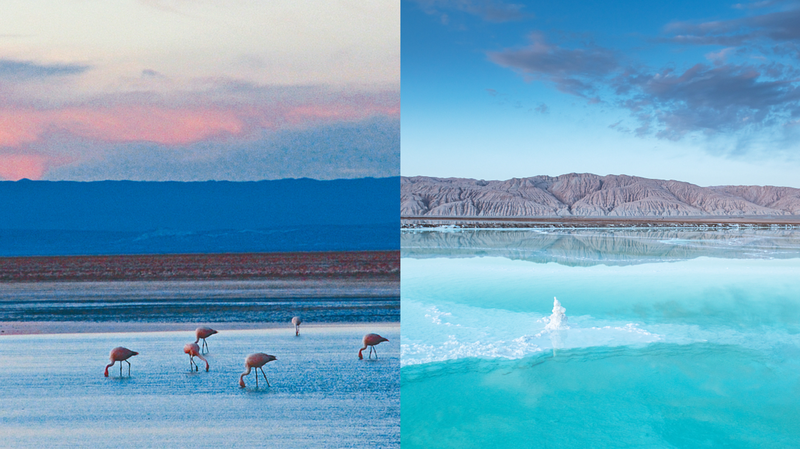Imagine a power line so long it could stretch from Paris to Moscow—twice. That’s the scale of China’s Hami-Chongqing ±800kV ultra-high voltage (UHV) project, a 2,290-kilometer energy highway carving through deserts, mountains, and salt flats. 🏜️⚡
Building Where Nature Says 'Nope'
Starting in Xinjiang’s Hami—a region battered by 200+ days of annual sandstorms—engineers face 50°C summers and -30°C winters. How do they plant 40-meter steel towers in rocky slopes? With drone surveys, AI-powered logistics, and crews working in pressurized suits to avoid heatstroke. 💨🤖
Why This Matters for Your Phone (Yes, Yours)
This line will transmit 72 billion kWh yearly—enough to power 30 million homes. For young professionals eyeing Asia’s tech boom: it’s about stabilizing grids for AI data centers and EV factories. Students, note the renewable angle—Xinjiang’s wind/solar power gets a fast lane to megacities like Chongqing. 🌞🔋
The Takeaway
Next time you charge your laptop, remember: someone’s braving sandstorms to keep the lights on. China’s energy chess move? Checkmate. ♟️🌍
Reference(s):
cgtn.com
